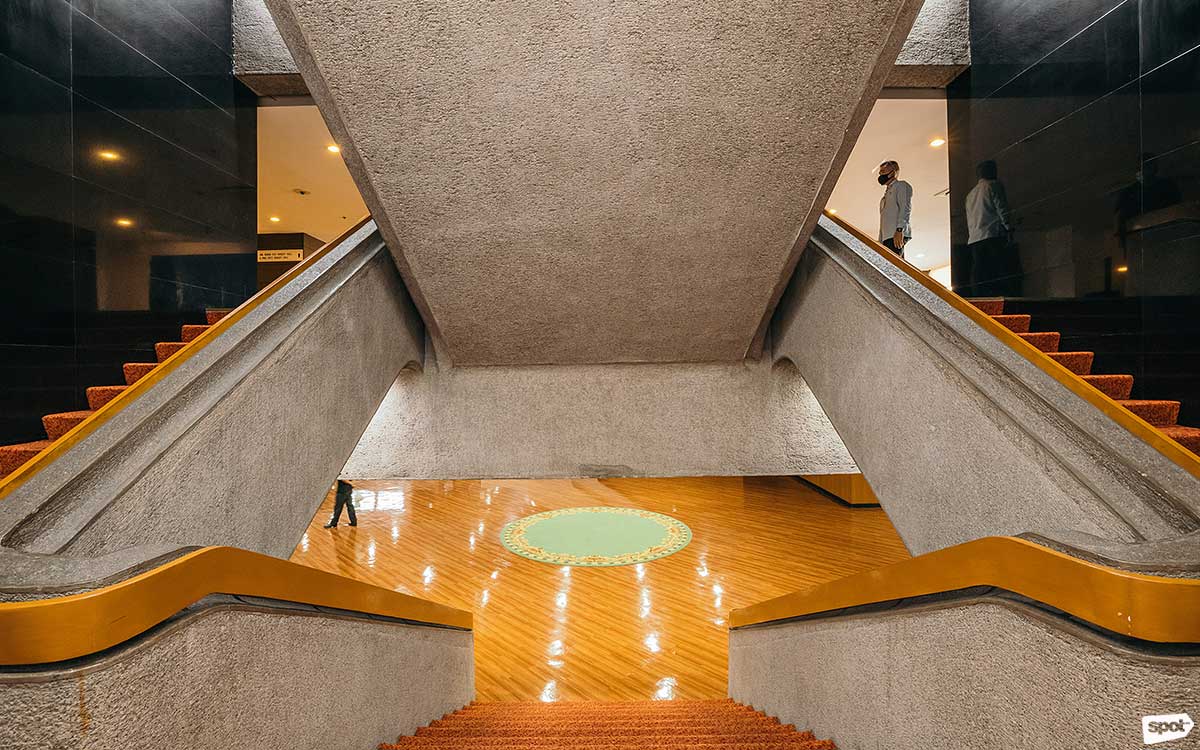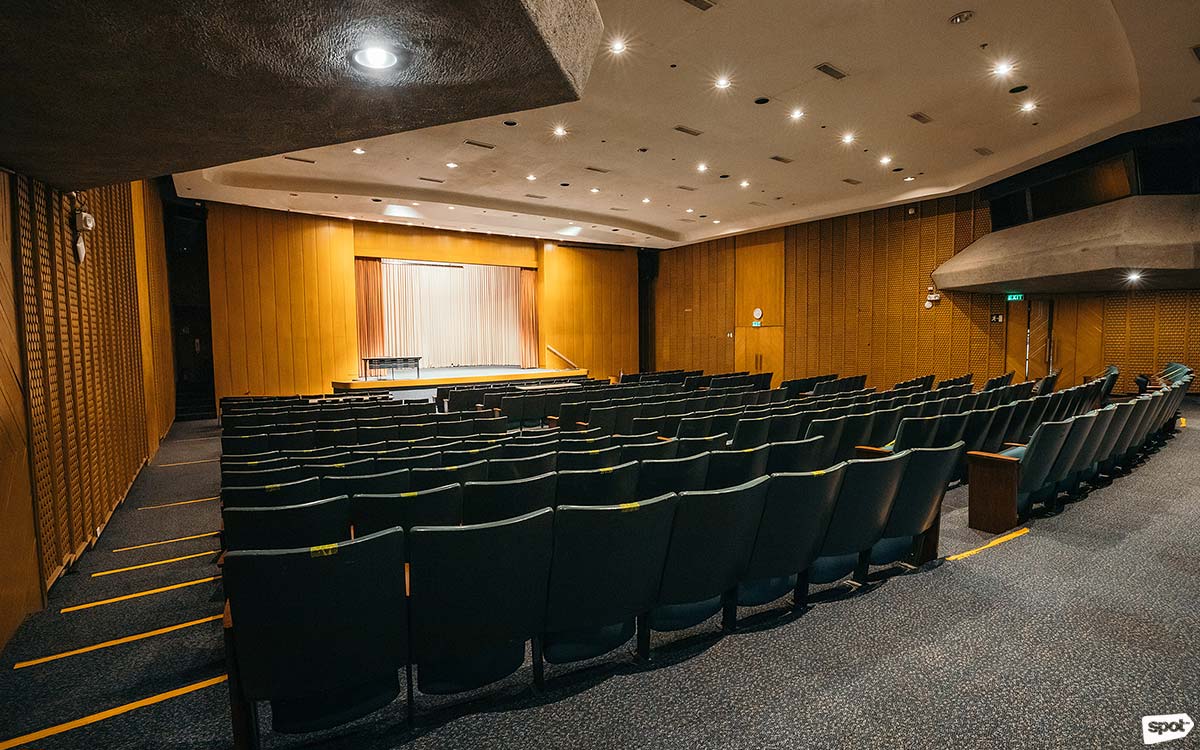Mention the acronym PICC and people would think back to some of the crowd-drawing affairs they’ve attended at the indoor venue: college graduations at the famous Plenary Hall, a week-long business convention at the Delegation Building, or an elegant wedding at the Reception Hall. For others, it’s a common sight on television during Philippine-hosted functions of global leaders. This is the Philippine International Convention Center, a world-class facility that has been the home of local and international events since September 5, 1976. And while it hasn’t exactly seen crowds in the last couple of years given the current restrictions, the imposing structure standing on reclaimed land in Pasay City is taking back its much-deserved spotlight as an architectural wonder made possible by no other than National Artist Leandro Locsin.

The Philippine International Convention Center imbibes brutalist architecture, which is known for its geometric style.
“It was both unnerving and refreshing to see a venue associated with crowds and activity bare and empty. It’s like finally beholding a work of art (as a big fan of architect Leandro Locsin) without the distraction of crowds; a chance to intimately get to know a structure in all its physical facets, and how the architect probably beheld the structure before it opened to the public. For the first time, the stage that held the show, IS the show,” Brutalist Pilipinas Instagram account owner Patrick Kasingsing once said in a statement in March 2021.
























